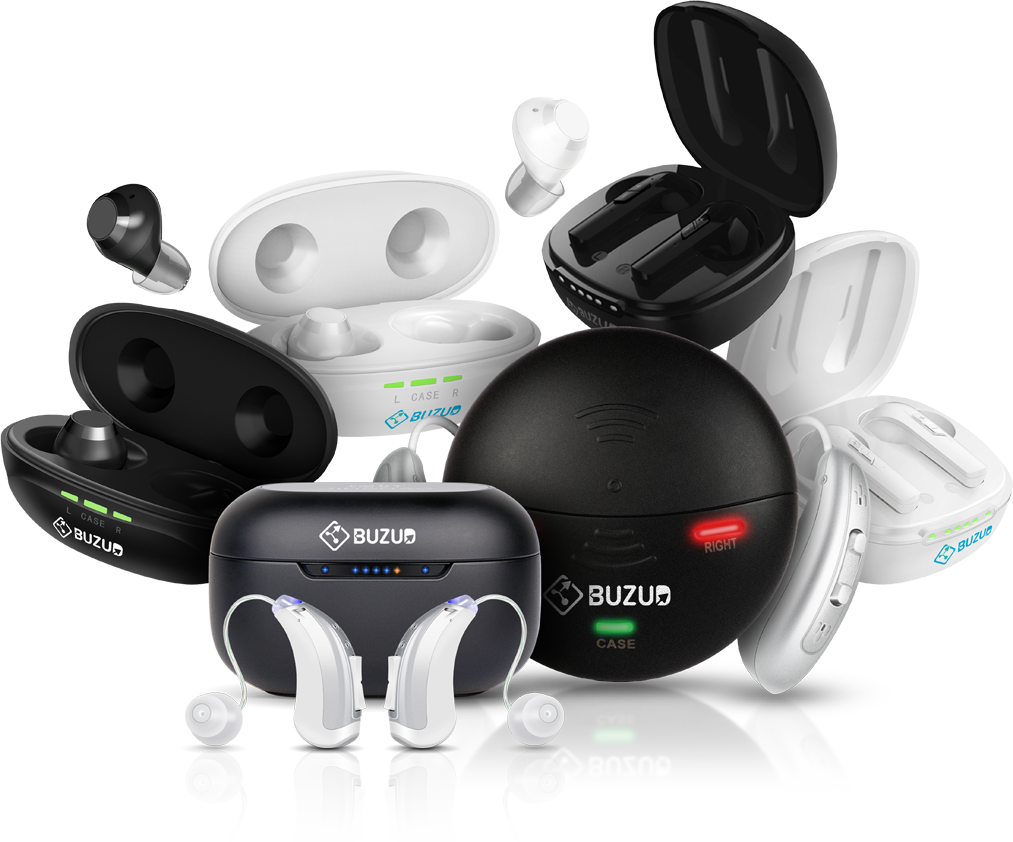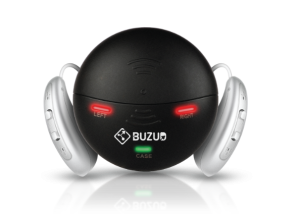
The Evolution of Hearing Aid Technology: From Analog to AI-Driven Solutions
Hearing aids have undergone a remarkable transformation since their inception, evolving from rudimentary devices to sophisticated digital instruments. The journey from analog to AI-driven solutions represents significant advancements in technology, enhancing the quality of life for individuals with hearing impairments. This article explores the historical development of hearing aids, highlighting major technological milestones and the innovative features of modern devices.
Early Hearing Aids: The Analog Era
The first hearing aids, developed in the late 19th and early 20th centuries, were simple analog devices. These early models were essentially amplifiers that increased the volume of sound entering the ear. The technology was basic, with limited ability to distinguish between different types of sounds or to adjust for various listening environments.
The Carbon Microphone
One of the earliest significant advancements was the introduction of the carbon microphone hearing aid in the early 1900s. This technology improved sound amplification but remained bulky and inconvenient for users.
Vacuum Tube Hearing Aids
The 1920s and 1930s saw the development of vacuum tube hearing aids, which provided better amplification and sound quality. However, these devices were still quite large and required external battery packs.
The Transition to Digital: A Quantum Leap
The advent of digital technology in the late 20th century marked a revolutionary shift in hearing aid development. Digital hearing aids convert sound waves into digital signals, allowing for advanced sound processing capabilities that were impossible with analog technology.
Miniaturisation and Customisation
The miniaturisation of electronic components enabled the creation of smaller, more discreet hearing aids. Digital hearing aids could be customised to the user’s specific hearing loss profile, offering improved sound clarity and comfort.
Noise Reduction and Directionality
Digital hearing aids introduced features like noise reduction and directional microphones. These advancements allowed users to focus on specific sounds, such as conversations in noisy environments, and reduced background noise interference.

The AI Revolution: Intelligent Hearing Aids
The integration of artificial intelligence (AI) into hearing aids has ushered in a new era of smart, adaptive hearing solutions. AI-driven hearing aids offer unparalleled personalization and functionality, adapting in real-time to the user’s environment and preferences.
Machine Learning and Adaptive Algorithms
Modern hearing aids equipped with AI use machine learning algorithms to continuously learn and adapt to the user’s listening habits. These devices can automatically adjust settings based on the acoustic environment, providing an optimal hearing experience in diverse situations.
Noise-Cancellation and Sound Enhancement
AI-driven hearing aids feature advanced noise-cancellation technology, significantly reducing unwanted background noise while enhancing speech clarity. This technology is particularly beneficial in challenging listening environments, such as crowded public spaces or social gatherings.
Connectivity and Integration
Contemporary hearing aids offer seamless connectivity with other devices through Bluetooth and other wireless technologies. Users can stream phone calls, music, and other audio directly to their hearing aids, integrating them with smartphones, televisions, and other digital devices.
Health Monitoring and Data Insights
Some AI-powered hearing aids come equipped with sensors that monitor health metrics, such as heart rate and physical activity. These devices can provide valuable data and insights, contributing to overall health and wellness management.
A Future of Endless Possibilities
The evolution of hearing aid technology from analog amplifiers to AI-driven solutions has profoundly transformed the lives of individuals with hearing impairments. Each technological leap has brought greater functionality, comfort, and convenience, making hearing aids more effective and user-friendly.
As technology continues to advance, the future of hearing aids promises even more innovative features and capabilities. The integration of AI, improved connectivity, and health monitoring are just the beginning. The ongoing development of hearing aid technology will continue to enhance the quality of life for millions, ensuring that everyone has the opportunity to experience the world of sound to its fullest.
BUZUD hearing aids offer cutting-edge technology designed to enhance the auditory experience for users of all ages. These devices provide exceptional sound quality, user-friendly features, and customisable settings to meet individual hearing needs. With a focus on comfort and discreet design, BUZUD hearing aids ensure that users can enjoy clear and natural sound in various environments. Adhering to rigorous international standards, BUZUD combines reliability and innovation to deliver superior hearing solutions that improve the quality of life for those with hearing impairments.
DISCLAIMER
All information presented herein serves as a general guideline, and is not intended as dispensing any medical advice(s). User(s) should consult their doctor to seek further clarification for any doubt. It is recommended to refer to this guide with sole discretion, thereby we shall not be held responsible for any part of the information as presented.
REimagined Healthcare with BUZUD Care Experience at:
585 North Bridge Road, #01-02 Raffles Hospital, Singapore 188770
Call: +65 6518 9959 or Email: customercare@BUZUD.com
No Comments
Leave a Reply
You must be logged in to post a comment.
